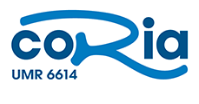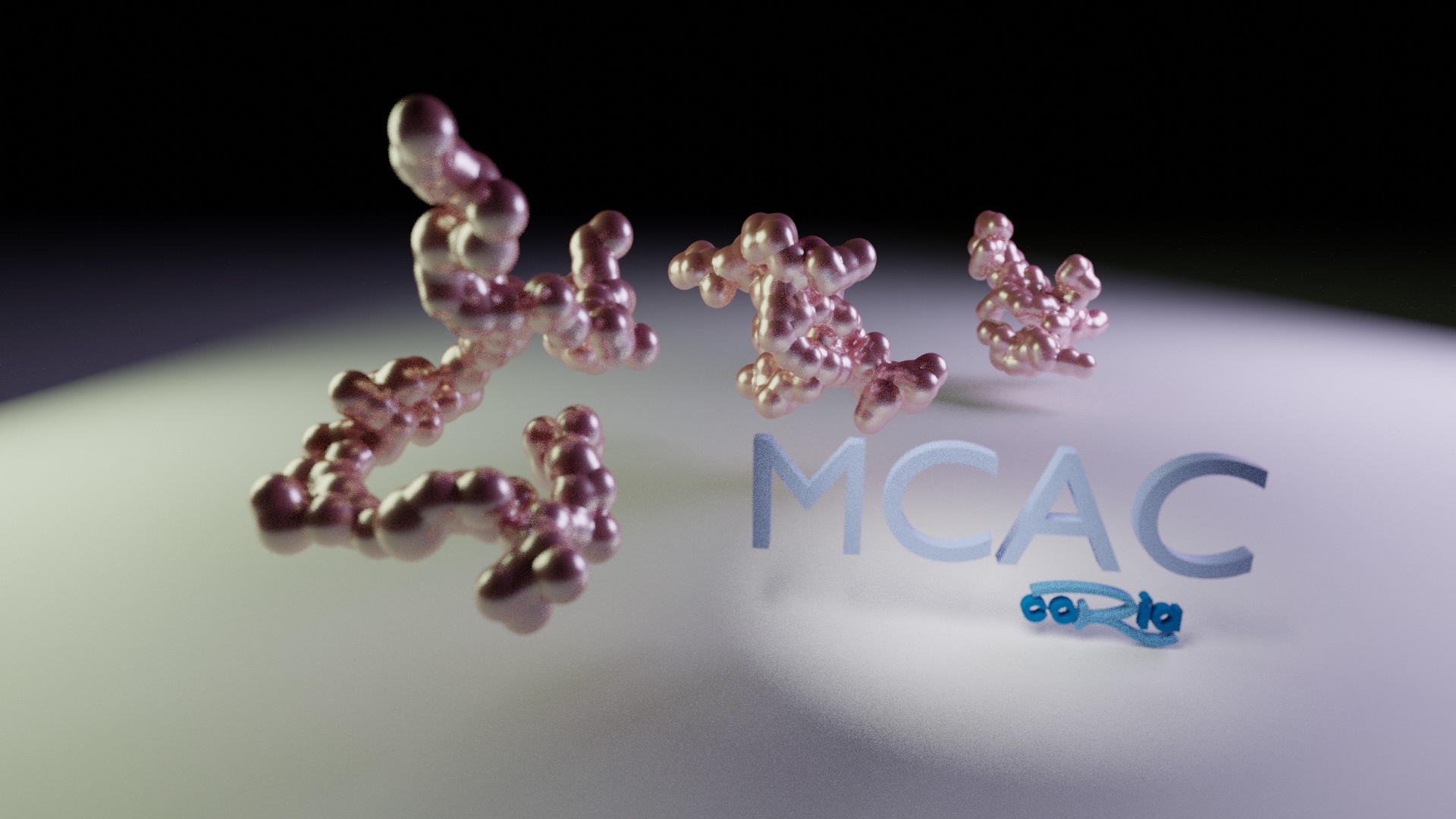Title: Improving the numerical simulation of soot aerosol formation in flames.
Date : November 2021, 15th at 2PM
Place: CORIA’s Conference room (sanitary pass and mask mandatory)
Link to video: https://webtv.univ-rouen.fr/lives/soutenances-coria/
Jury:
Dr Daniel Ferry (Rapporteur, in presence)
Pr Laurence Le Coq (Rapporteur, in presence)
Pr Alfred Weber (Examinator, remotely)
Pr Andrés Fuentes (Examinator, in presence)
Dr Reza Kholghy (Examinator, remotely)
Pr Claude Rozé (Examinator, in presence)
Dr Jérôme Yon (Thesis director, in presence)
Dr Eleonore Riber (invited member, in presence)
Dr Alexandre Poux (invited member, in presence)
Keywords: Soot; Nanoparticles ; DEM ; Monte Carlo ; Aggregates; Morphology
Abstract:
This thesis aims at characterizing the morphological evolution of soot particles in flames. This is one of the principal objectives of the ASTORIA project financed by ANR (Agence National de Recherche). It is jointly developed between CERFACS (from Toulouse), ONERA (from Paris), RAPSODEE (from Albi), and CORIA laboratories. Soot particles in flames are generated as a consequence of local richness in terms of hydrocarbon fuels. Gas-particle is the starting point by creating small nuclei. This process is not well understood, these particles collide and agglomerate. At the same time, they experience surface reaction leading to the increase (surface growth and condensation) or decrease (oxidation) in primary particle mass. Eventually these particles are released to the atmosphere where they are recognized as one of the most important global warming agents and they may be carcinogen. This thesis is restricted to modelling the morphological behaviour of soot particles within flames. In this context, the work of this thesis is divided into four steps: (1) modeling soot aggregation; (2) adding surface growth, (3) adding particles fragmentation due to oxidation, and finally (4) modelling different flames based on CFD simulations (conducted by CERFACS group). These four steps are thoroughly described as follows,
1. Modeling soot aggregation: The collision of soot particles in flames due to Brownian motion lead to the formation of “ramified” fractal-like agglomerates. This phenomenon can be accurately simulated by discrete element methods (DEM). The main challenges here are to improve the accuracy of a numerical code originally developed (mainly) by J. Yon (PhD advisor) and A. Poux (researcher from CORIA) in terms of particle residence time, the simultaneous change in agglomeration and flow regimes, validate the procedure, and getting the code published. Here, the influence of different agglomeration/flow regimes is explored in terms of: particle size distribution, kinetics and kernels of agglomeration, and particle morphology.
2. Adding surface growth: At this point, quite realistic soot aggregates can be obtained, however the mass concentration of particles are far from real flames since the particle volume fraction is constant. In this context, the next step is to consider the simultaneous aggregation and mass transfer between soot particles and the surrounding gas, i.e. surface growth. The code has to be adapted to this process, validated, and publish the results of a particular case of study. This case corresponds to a premixed diffusion flame (which is a standard flame to study soot surface growth) based on experimentally measured surface growth rates. The morphological evolution of agglomerates as modified by surface growth is detailed studied in terms of primary particle overlapping, coordination number, and aggregates fractal dimension.
3. Adding particles fragmentation: At this stage of the thesis, surface growth and aggregation can be simulated, however soot particles also experience oxidation in flames. This determines the quantity of particles eventually released to the atmosphere and change their morphology by inducing the fragmentation of agglomerates. Soot particles oxidation rates will be explored in terms of surface and volume-based oxidation mechanisms.
4. CFD-DEM coupled flame simulations: DEM methods can accurately simulate soot agglomeration but they are expensive to simulate the gas phase and flame chemistry. Once the aforementioned mechanisms of soot formation in flames have been mastered by our code the final step is to adapt the code to be coupled with CFD simulations conducted by CERFACS. In this context, a diffusion flame is studied. The interest on this flame comes from the experimental work conducted during the thesis and particularly within the collaboration with Chile in the framework of the ECOS-SUD, France-Chile project (J. Yon from France and A. Fuentes from Chile).






